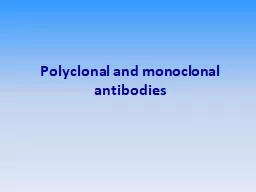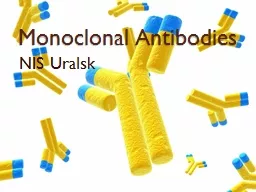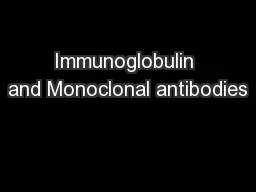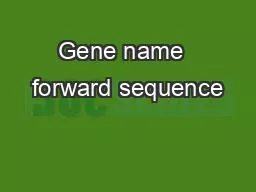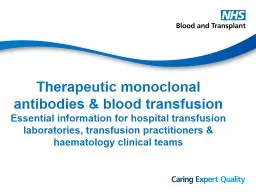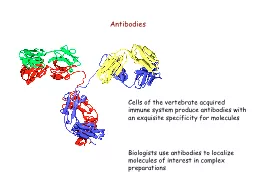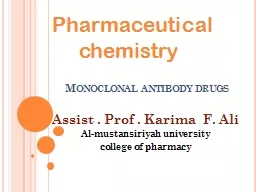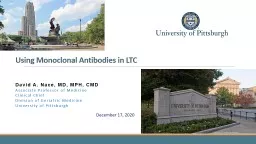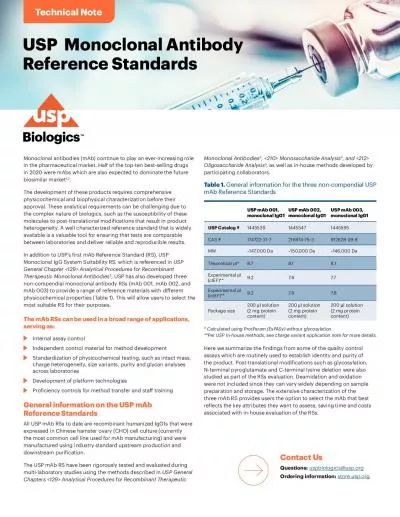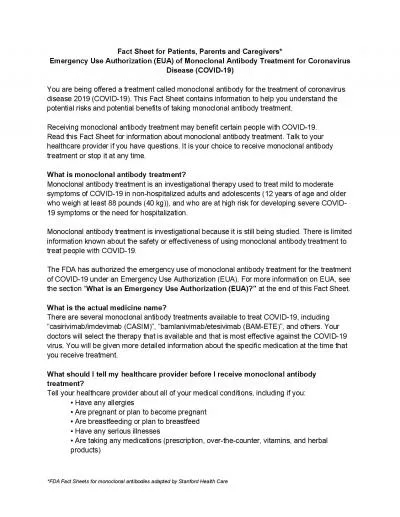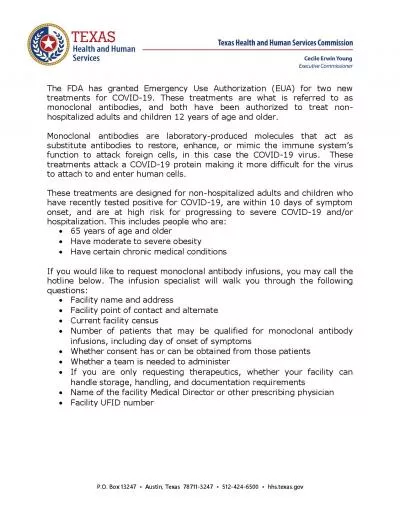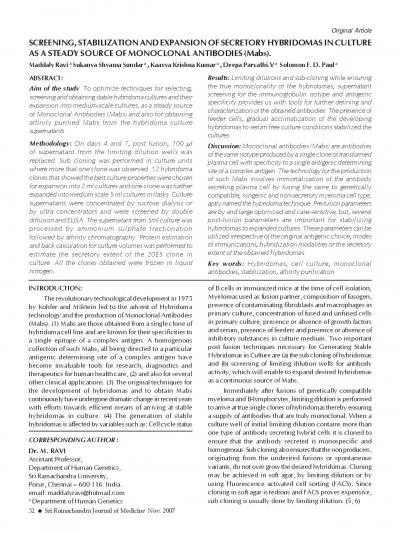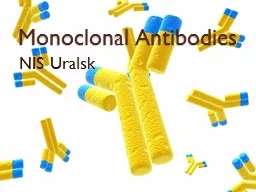PPT-Polyclonal and monoclonal
Author : maddoxjustin | Published Date : 2022-08-04
antibodies Polyclonal antibodies PAbs are secreted by different B cell lineages They are a collection of immunoglobulin molecules that react against a specific
Presentation Embed Code
Download Presentation
Download Presentation The PPT/PDF document "Polyclonal and monoclonal" is the property of its rightful owner. Permission is granted to download and print the materials on this website for personal, non-commercial use only, and to display it on your personal computer provided you do not modify the materials and that you retain all copyright notices contained in the materials. By downloading content from our website, you accept the terms of this agreement.
Polyclonal and monoclonal: Transcript
Download Rules Of Document
"Polyclonal and monoclonal"The content belongs to its owner. You may download and print it for personal use, without modification, and keep all copyright notices. By downloading, you agree to these terms.
Related Documents

